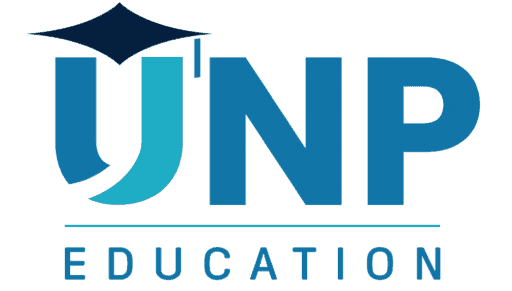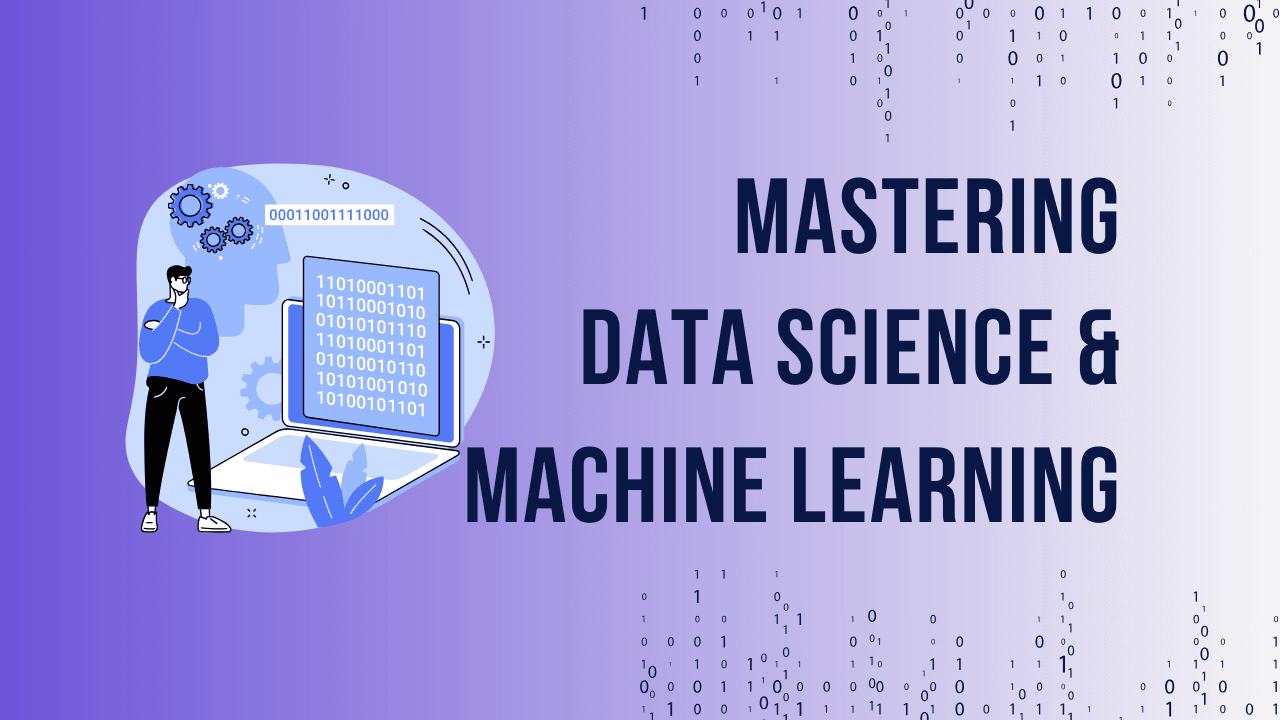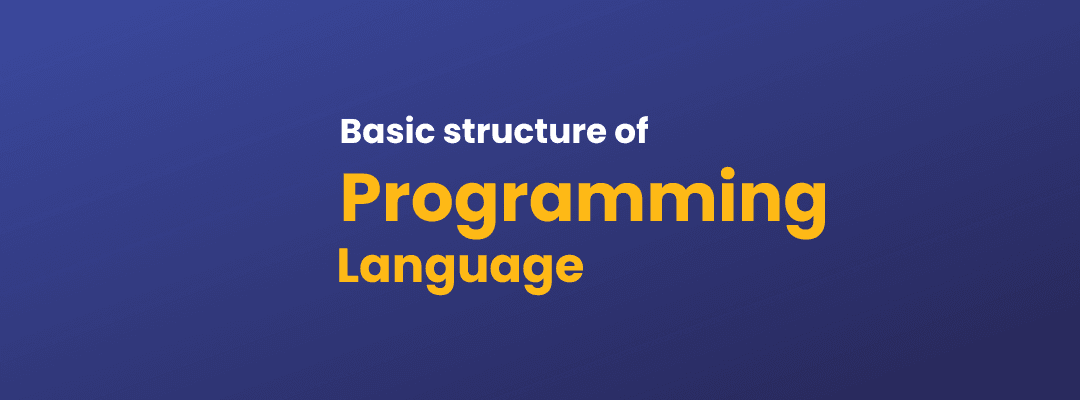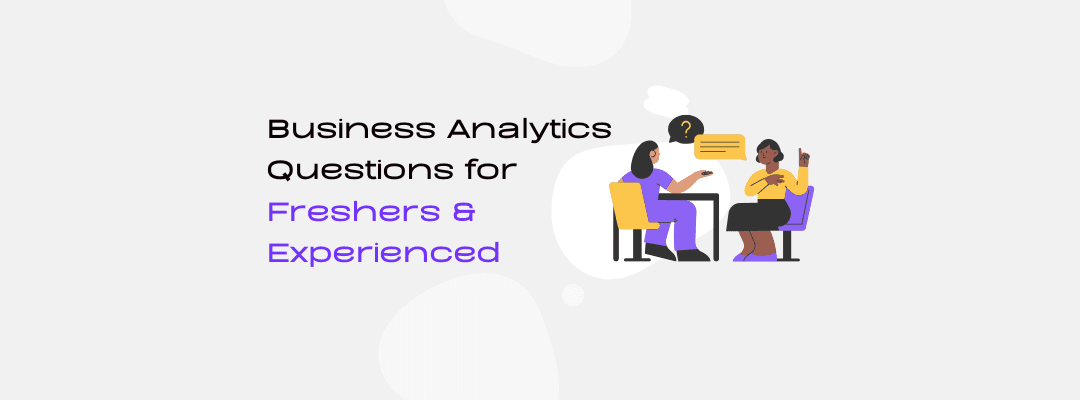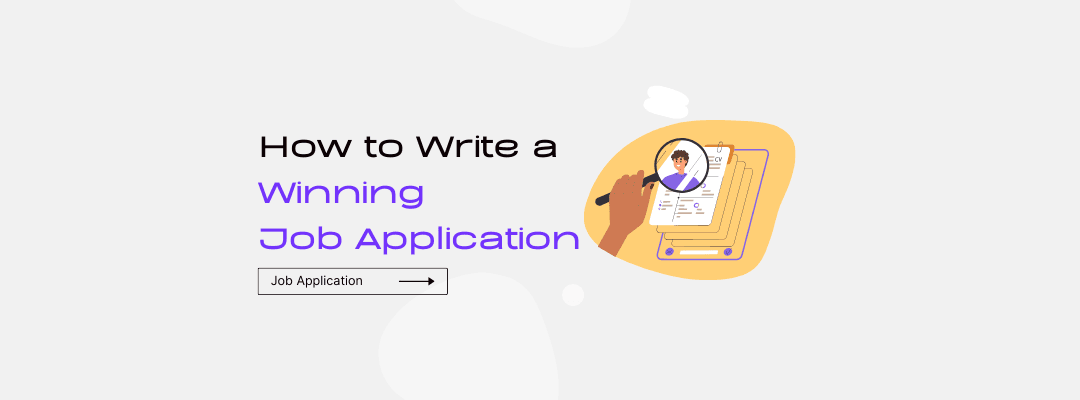Business Analyst Question Bank 2025
General Business Analytics Questions
1. What is business analytics, and why is it important?
Business analytics uses data, statistical analysis, and technology to solve problems and improve decision-making. It helps optimize business performance.
2. How do you differentiate between descriptive, predictive, and prescriptive analytics?
Descriptive: Explains what happened (past).
Predictive: Forecasts what might happen (future).
Prescriptive: Recommends actions based on predictions.
3. Describe a time when you used data to solve a business problem.
Example: Analyzed sales data to identify underperforming regions, leading to targeted marketing strategies and a 20% revenue increase.
4. Explain the steps you follow in the data analysis process.
Define the problem
Collect data
Clean and preprocess data
Analyze data using tools/models
Interpret results and provide insights
5. How do you identify and handle missing data in a dataset?
Identify missing values using data profiling.
Handle them by removal, imputation (mean, median, mode), or using advanced techniques like predictive models.
Behavioral Questions
1.Can you share an example where your analysis led to a significant business impact?
Identified high churn risk customers through data analysis, enabling targeted retention campaigns and reducing churn by 15%.
2.Describe a situation where you had to explain complex data insights to non-technical stakeholders. How did you ensure clarity?
Simplified terms, used visuals (charts), and linked insights to business outcomes to ensure understanding.
3.How do you prioritize tasks when handling multiple analytical projects with tight deadlines?
Assess urgency and impact of tasks
Break tasks into smaller steps
Use tools like task boards or schedules to stay organized
Statistical and Analytical Questions
1.Explain the concept of correlation vs. causation with an example.
Correlation: Two variables move together (e.g., ice cream sales and temperature).
Causation: One variable causes the other (e.g., rain causes umbrella sales).
2.What is hypothesis testing? Describe its steps and significance.
A method to test assumptions using data. Steps:
Define null and alternative hypotheses
Choose a significance level
Calculate test statistics and p-value
Accept/reject the null hypothesis
3.How do you calculate and interpret p-values?
P-value measures the probability of results occurring under the null hypothesis. A small p-value (<0.05) indicates strong evidence to reject the null hypothesis.
4.What is the difference between a population and a sample? Why is sampling important?
Population: Entire group being studied.
Sample: Subset of the population.
Sampling saves time and resources while allowing accurate analysis.
5.Explain the concepts of variance and standard deviation.
Variance: Average squared deviation from the mean.
Standard deviation: Square root of variance, showing spread of data.
Data Visualization and Tools
1.Which data visualization tools have you used? How do you decide which chart type to use?
Tools: Tableau, Power BI, Excel.
Choice depends on the data type and purpose (e.g., trends = line chart, comparisons = bar chart).
2.How do you ensure your dashboards are user-friendly and actionable?
Use clean, simple designs
Highlight key metrics
Add interactive filters for user exploration
3.Can you describe a complex dashboard you created and how it benefited the end user?
Built a sales dashboard tracking regional performance, enabling managers to focus on low-performing areas and improve efficiency.
SQL and Database Questions
1.Write a SQL query to find duplicate records in a datase
SELECT column_name, COUNT(*)
FROM table_name
GROUP BY column_name
HAVING COUNT(*) > 1;
2. How would you join two tables that don’t share a common key?
Use a CROSS JOIN or create a derived key by combining or transforming existing columns.
3. Explain the difference between INNER JOIN, LEFT JOIN, and RIGHT JOIN.
INNER JOIN: Returns matching rows from both tables.
LEFT JOIN: Returns all rows from the left table and matching rows from the right table.
RIGHT JOIN: Returns all rows from the right table and matching rows from the left table.
Data Analysis and Case Studies
1.Given a dataset with sales data across regions, how would you determine which region is underperforming?
Compare metrics like revenue, growth rate, and customer count across regions to identify the lowest performer.
2. If customer churn rates increase, what steps would you take to identify the root cause?
Analyze customer feedback and complaints
Examine changes in pricing, service, or product quality
Identify patterns in churned customers (demographics, usage)
3. How would you approach a situation where sales have dropped by 20% in the last quarter?
Analyze trends in sales data
Identify market changes or competitor actions
Review marketing and sales strategies
Seek customer feedback
Machine Learning and Predictive Modeling
1.What is linear regression? Provide a real-world example of its application.
A statistical method to predict a dependent variable (e.g., sales) based on independent variables (e.g., ads spend). Example: Predicting monthly sales based on past advertising spend.
2.How would you explain overfitting and underfitting to a non-technical audience?
Overfitting: The model is too complex and works well on training data but poorly on new data.
Underfitting: The model is too simple and fails to capture key patterns.
3.Which metrics would you use to evaluate a predictive model?
Regression: R-squared, Mean Absolute Error (MAE), Mean Squared Error (MSE)
Classification: Accuracy, Precision, Recall, F1 Score, ROC-AUC
Google-Specific Focus
1.How would you use Google Analytics to track and optimize website performance?
Monitor key metrics: traffic, bounce rate, conversion rate
Analyze user behavior flows
Identify and optimize underperforming pages
2.Imagine you’re tasked with improving ad conversion rates for a campaign. How would you approach this?
Analyze audience targeting and refine it
Test new ad creatives (A/B testing)
Optimize landing pages
3.How would you analyze trends in Google Search data to provide actionable business insights?
Use tools like Google Trends and Search Console to identify popular search terms, seasonal patterns, and growth opportunities.
4.Google handles large-scale data. How would you ensure scalability and performance in your analytics approach?
Use distributed computing tools like BigQuery
Optimize query performance
Implement efficient data pipelines
Problem-Solving Scenarios
1.A product is receiving poor reviews on Google Play. How would you identify the issue using data analytics?
Analyze review text for common complaints using sentiment analysis
Correlate reviews with recent updates or features
2.A new feature is launched on Google Maps, but user adoption is low. What steps would you take to improve this?
Analyze usage data to understand drop-offs
Collect feedback from users
Refine feature design or add incentives for usage
3.You are given two competing ads for Google Ads. How would you determine which one performs better?
Run an A/B test to compare CTR, conversion rate, and ROI
Tools and Technical Skills
1.How proficient are you with tools like Tableau, Power BI, or Google Data Studio?
Experienced in creating interactive dashboards, analyzing trends, and simplifying complex data for stakeholders.
2.Describe a scenario where you automated a repetitive task using Python/R/SQL.
Automated monthly report generation using Python to fetch data, perform analysis, and create Excel files.
3.Which cloud platforms and their data tools (e.g., Google Cloud Platform) have you worked with?
Familiar with Google Cloud (BigQuery, Data Studio), AWS (Redshift, S3), and Azure (Data Factory, Power BI).
Unlock Your Business Intelligence Potential with Power BI!


